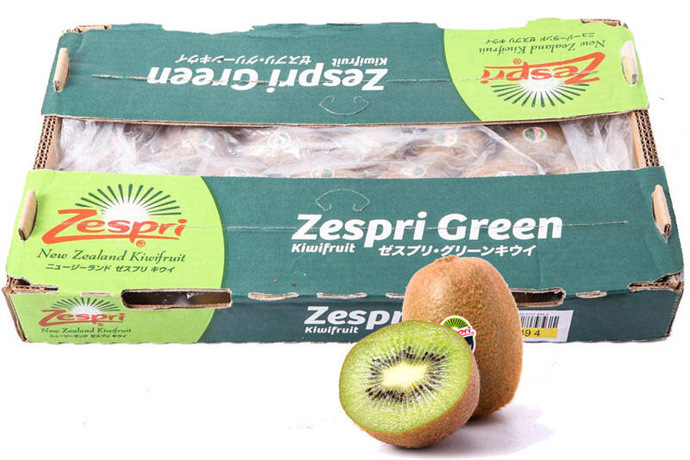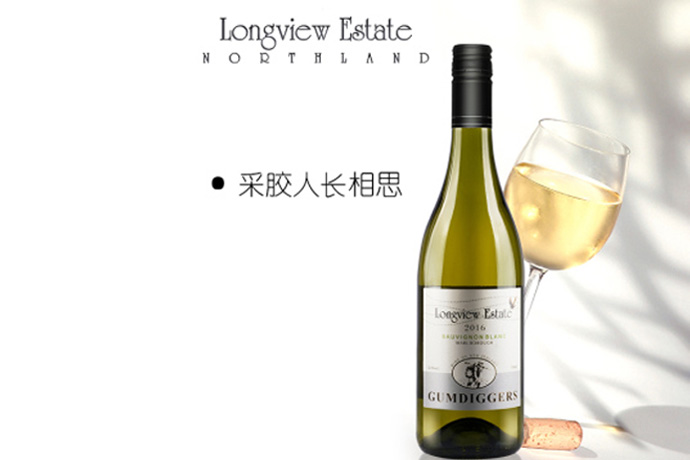New Zealand·Human Geography 新西兰·人文地理
Full name: New Zealand
Area: approximately 270,000 square kilometres
Population: 5,112,000 (December 2020) Of these, 70% are of European immigrant descent, 17% are Maori, 15% are Asian and 8% are Pacific Islander (some are multi-ethnic in identity)
Capital: Wellington
Located in the south-west of the Pacific Ocean, 1,600 km west of Australia across the Tasman Sea. It consists of the South Island, the North Island and a number of small islands, with the South and North Islands separated by the Cook Strait. The whole area is mountainous, with mountains and hills covering more than 75% of the country and narrow plains. The rivers are short and swift, making navigation difficult, but the water resources are abundant. The North Island has many volcanoes and hot springs, while the South Island has many glaciers and lakes. Cook's Peak on the South Island, at 3,754 metres, is the highest peak in the country. The coastline is approximately 15,000 kilometres long.
Geographical location
Located in the south-west of the Pacific Ocean, the territory consists of the North Island, the South Island and a number of small islands, separated by the Cook Strait. The South Island is adjacent to Antarctica, while the North Island is bordered by Fiji and Tonga. Wellington, the capital, and Auckland, the largest city, are located on the North Island.
Economic Development
[industry] mainly processing of agriculture, forestry and animal husbandry products, mainly including dairy products, blankets, food, leather, tobacco, paper and wood processing and other light industries, products are mainly for export. In recent years, heavy industries have been established, such as steelmaking, refining, aluminum and manufacturing of agricultural aircraft.
[Agriculture] Agriculture is highly mechanized. Main crops are wheat, barley, oats, fruit, etc. Food cannot be self-sufficient and needs to be imported from Australia. In 2020, dairy exports were S $ 16.5 billion, meat exports were S $ 8.3 billion, and fruit exports of S $ 42.5.
[Forestry] A forest area of 8.1 million hectares, including 6.3 million hectares of natural forest and 1.8 million hectares of human afforestation. The main export products are log, wooden oars, paper and wooden boards, and the main export markets are Australia, Japan, China, South Korea, the United States, Indonesia, Taiwan, etc. In 2020, forestry exports were S $ 4.3 billion.
[Animal Husbandry] Animal husbandry is developed, and animal husbandry production covers an area of 13.52 million hectares, half of the land area. Dairy products and meat are the most important exports. Crude wool exports rank first in the world, accounting for 25% of the total output.
[Fishery] is rich in fishing and production and has the world's fourth largest exclusive economic zone. The fishing potential in the 200-NEA is about 500,000 tons per year, and about 600 to 650,000 tons of commercial fish and shellfish, more than half of them for export. In 2020, the total exports of fishery products were S $ 1.68 billion.
New Zealand Culture
The mutual integration of Maori and Pakeha culture creates a fresh, unique and vibrant New Zealand. Whether it is world outstanding opera singers such as Dame Kiri Te Kanawa or the great talents that New Zealand artists presented at the World of WearableArts event, New Zealanders have always demonstrated their artistic talents. Compared with the rest of the world, New Zealand, although relatively young and far away from the mainland, has created many unparalleled artists of the Pacific style.
Overall, New Zealand culture can be summarized as innovative, independent, and diverse. There is no doubt that rugby and other mass sports have become the essential content of New Zealand culture, and more and more holding of high-end cultural and artistic activities also shows that New Zealand's artistic power is growing and recognized by the world.
Maori Culture
The Maori are New Zealand Aboriginal (tangata whenua) whose culture is an integral part of New Zealand life. About 15% of the country's population of 3.8 million people are of Maori descent. The Maoriwere a tribal people whose tribes were known as iw:. Whenever you arrive to New Zealand, there are many opportunities to experience Maori culture, most notably Rotorua, the geothermal area of North Island. Here, visitors can taste a traditional Hangi of ——, kai, cooked with geothermal stone. In addition, visitors can enjoy the Maori welcome ceremony "Powhiri", a visit to the local Maori hall "marae", the traditional Maori performance "kapa haka" and relaxation in the popular geothermal spa pool. It can be said that Maori culture forms the foundation of New Zealand culture, and is the essence of the whole society.
Speciality foods
In 1904 Lady Isabel brought kiwifruit seeds from Yichang in Hubei, China back to New Zealand, where she passed them on to local fruit tree experts, before they passed into the hands of Alexander, a leading New Zealand horticulturalist, to grow New Zealand's first kiwifruit fruit trees. To date, New Zealand's kiwifruit has become popular around the world and the country is also number one in the world in terms of marketing, research and development and price of kiwifruit.
With four seasons and an average annual rainfall of between 1,000 and 2,000 mm, New Zealand is well suited to the growth of the plant. In kiwifruit parks, the fertile soil and abundant sunshine make for full kiwifruit, and the climate is unique in making New Zealand kiwifruit more nutritious and tasty! Te Puke in the Western Bay region has long been known as the 'Kiwifruit Capital of New Zealand'. Approximately 80% of New Zealand's kiwifruit production comes from Western Bay, and orchards can be found everywhere.

New Zealand is recognised as one of the world's prime pasture areas and is the world's most famous source of milk. New Zealand dairy products are therefore known as 'white gold'. It is also the only country in the world recognised as being free of mad cow disease, sheep itch and foot and mouth disease.
New Zealand's pastures are naturally unpolluted and all cattle and sheep are grazed in open pastures almost all year round, providing an enviable living space. On a numerically apportioned scale, New Zealand has an average of one cow and two or three sheep per person, making it a perfect example of harmonious coexistence between humans and animals.
Unlike other major dairy-producing countries, New Zealand's warm, humid climate is ideal for pasture, with grass growing for nearly 10 months of the year. Even in the cold winter months, cattle and sheep are able to eat the natural hay that their farmers have been beating down and storing over the summer, without the need for artificial feed.

In China, there is a "Lao Gan Ma" who is very popular, especially with international students. In New Zealand, there is also a favourite that has found its way into the lives of millions of families: Marmite.
Marmite is a thick, dark brown sauce with a distinctive flavour. It is made from the yeast sediment extracted from the brewing process and then produced in a secret recipe. It has since been found to be rich in vitamin B.
Marmite is so popular with New Zealanders that even the Prime Minister of New Zealand, John Key, is a 'fan' of it.
The most common way to eat marmite is to spread it on toast. Some say it tastes like beef gravy, while others say it tastes like car lube. Opinions vary, the only way to know is to try it for yourself.

When it comes to Sauvignon Blanc, the first thing that comes to mind is New Zealand. When you think of New Zealand wine, the first thing you think of is Sauvignon Blanc, and it is the unique, pure and green nature of New Zealand that gives Sauvignon Blanc its unique flavour of purity and freshness. The different climatic conditions in New Zealand also contribute to the different styles of Sauvignon Blanc wines. The warm climate of the northern regions results in riper, richer Sauvignon Blanc wines with flavours of watermelon, nectarine and walnuts. Sauvignon Blanc is characterised by its high acidity, which allows it to be paired with seafood, scallops and fish to enhance the freshness of dishes. Of course, Sauvignon Blanc can also be paired with lime and fruit salads, so that the acidity of the wine and the dish will offset each other. In addition, Sauvignon Blanc can be served as an aperitif.

Source from Baidu Encyclopedia Entry and The sohu Website
 微信小程序
微信小程序



